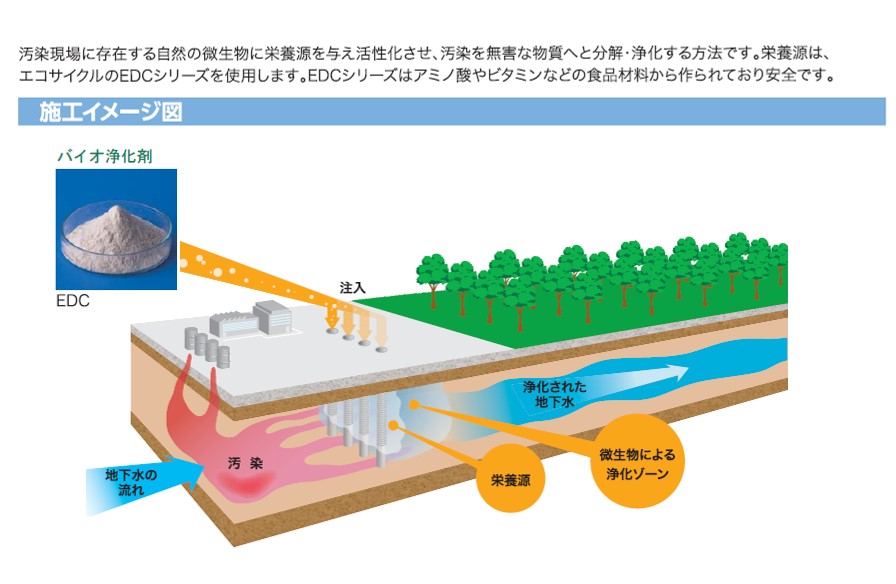2021-08-18 ドイツ連邦共和国・マルティン・ルター大学ハレ・ヴィッテンベルク(MLU)

・ MLU とブラジル・パラ連邦大学が、製造過程での CO2 排出量を低減する、環境により優しいセメントを開発。
・ これまで利用のなかったボーキサイト採鉱表土を原料とすることで、従来のポルトランドセメントと同等の安定性を保持しながら、製造過程での CO2 排出量の最大 2/3 を削減できる。
・ 2020 年には、世界で約60 億トンのセメントが産出されている。重要な建築材料だが、人為的な CO2排出量のうち約 8%がセメント製造によるもの。ポルトランドセメントでは、原料の一つの石灰石の焼成でクリンカ(焼塊)を生産するが、炭酸カルシウムから酸化カルシウムへの変換時に大量の CO2 を排出する。
・ このような課題への対処が期待できる解決法の一つとして、石灰石の代替としてボーキサイトを使用するスルホアルミン酸セメントがあるが、ボーキサイトはアルミニウムの原料であるため使用可能な量が制限される。
・ 新開発のセメントでは、アマゾン盆地等の熱帯地域のボーキサイト鉱床上に最大で 30m 積層するベルテーラ粘土を使用。同粘土はアルミニウムと共に十分なミネラルを含有し、良質のセメントが製造できる。また、大量入手が可能で追加的な処理が不要な上、いずれにせよボーキサイト鉱床から除去されるため、セメント生産のためだけに採収する必要がない。
・ セメントの生産には炭酸カルシウム以外の原料も必要だが、ベルテーラ粘土で最低でも 50~60%の石灰石を代替できる。さらに、焼成温度が 1,250℃(2,282℉)とポルトランドセメントに比べて 200℃(392℉)ほど低下し、原料の化学変換時だけでなく、ロータリーキルンでの焼成時の CO2 排出量も低減する。
・ 研究室での試験により、新セメントがポルトランドセメントの品質条件を全て満たすことを確認。今後はドイツ国内でのセメント生産用表土資源について調査する。
・ 本研究には、ブラジル教育省が一部資金を提供した。
URL: https://pressemitteilungen.pr.uni-halle.de/index.php?modus=pmanzeige&pm_id=5280
<NEDO海外技術情報より>
(関連情報)
Sustainable Materials and Technologies 掲載論文(アブストラクトのみ:全文は有料)
Production of low-CO2 cements using abundant bauxite overburden “Belterra Clay”
URL: https://www.sciencedirect.com/science/article/abs/pii/S2214993721000543?via%3Dihub
Abstract
Eco-friendly binders are among the opportunities to reduce the approximately 8% global CO2 emissions generated by the cement industry, with calcium-sulphoaluminate (CSA) -based cements standing as a potential low-CO2 alternative to the world most used ordinary Portland cements (OPC). Belterra Clay (BTC), an abundant low-cost alumina-rich clay overburden on the huge bauxite reserves of the Brazilian Amazon was tested to produce CSA-based binders. Successive Designs of Experiments were used to prepare mixtures containing BTC, CaCO3, and gypsum, seeking the maximum BTC and minimal CaCO3 consumption under the lowest possible temperature to maximize CSA’s main phase ye’elimite, Ca4Al6(SO4)O12, in the clinkers. X-ray powder diffraction accompanied by Rietveld phase quantifications, X-ray fluorescence, and scanning electron microscopy were used to characterize the obtained products and guide the experimental work. CSA-belite and CSA-ternesite clinkers were successfully sintered at 1250 °C using up to 42% of BTC. The hydration of selected clinkers was investigated by isoperibolic heat flow calorimetry after blending with gypsum at 95:5 and 90:10 mass ratios. The main hydrations of the clinkers were faster (within 24 h) when using 5% of gypsum. Ettringite was the main hydrated phase, followed by kuzelite, straetlingite, and hemicarboaluminate. Produced mortars reached up to 40 Mpa after 28 days of curing, a strength development comparable to that of an OPC (46 Mpa) tested under the same conditions. BTC, currently a drawback during bauxite mining and rehabilitation of mined areas, was successfully used to produce clinkers that generate ca. 30% less CO2 during calcination when compared to OPC, with further CO2 and energy savings expected because of the required lower sintering temperature.



